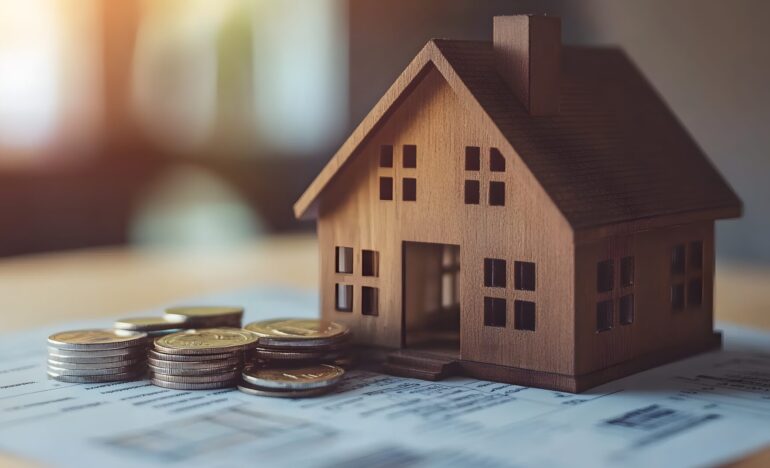One million UK homes increased in value by 50% or more over the last five years, with an average gain of £117,400, analysis from Zoopla found.
Eight in 10 homes went up in value by over 5%, averaging £60,800.
Overall, house values grew by 20% across the UK since 2020, despite a drop in buyer demand in 2023 due to higher borrowing costs.
Most of the homes that saw values rise by 50% or more were in the North West, Yorkshire and the Humber, and Wales.
These regions saw average increases of £77,100, £86,200 and £90,700 respectively.
Value growth in these areas was driven by changing buyer requirements after the pandemic, and more first-time buyers moving to affordable locations.
Half of homes in the South rose by less than 20%, with average increases between £47,700 in London and £62,000 in the South East.
Only 2% of homes in the South rose by 50% or more, usually in sought-after coastal or countryside locations.
In South Wales, areas like Blaenau Gwent and Merthyr Tydfil saw three in 10 homes rise in value by 50% or more, increasing by £49,900 and £51,100 on average.
In the North West, Rochdale, Oldham and Bolton saw high proportions of homes reach the 50% mark, with average gains of £64,300, £62,900 and £64,300.
London’s market struggled, with 13% of homes falling in value by 5% or more, losing an average of £34,000.
Losses were mainly in inner boroughs like Westminster and Kensington and Chelsea, where nearly half of homes are worth less than in June 2020. In Scotland, more than half of homes in Aberdeen fell in value by an average of £25,700, linked to the shrinking oil and gas industry.
Richard Donnell, executive director at Zoopla, said: “Our latest analysis clearly shows there is no single housing market and that house price trends vary widely across the UK.
“One million UK homes have seen their value increase by 50 per cent or more over the last five years as higher mortgage rates and rising rents encourage home buyers to seek out value for money in localised markets across northern England and Wales.
“Home value growth has been weaker across southern England and particularly in London.”
Donnell added: “A combination of high prices and higher mortgage rates have reduced buying power and this has been reflected in flat prices and modest price falls in inner London.
“The UK currently has the most homes for sale in seven years.
“It’s critically important that serious sellers fully understand the local market dynamics impacting the value of their home and seek the advice of agents on where to set the asking price for their home in order to achieve a sale.”
Nathan Emerson, CEO at Propertymark, said: “This rise in house prices is positive for homeowners, especially when considering the current condition of the economy.
“For people already on the property ladder, this will increase equity, provide greater refinancing opportunities, and may make it easier for those who wish to move into a bigger, more expensive home to do so.
“However, for first-time buyers, this presents the potential for further restrictions such as increased costs, affordability challenges and greater competition from other buyers, which could drive up prices even further.”
Emerson added: “Even with mortgage providers introducing more competitive mortgage deals, help for first-time buyers is needed as house prices continue to rise.
“This has pushed the average deposit needed to over £70,000, which is likely to be unrealistic for many people.”




